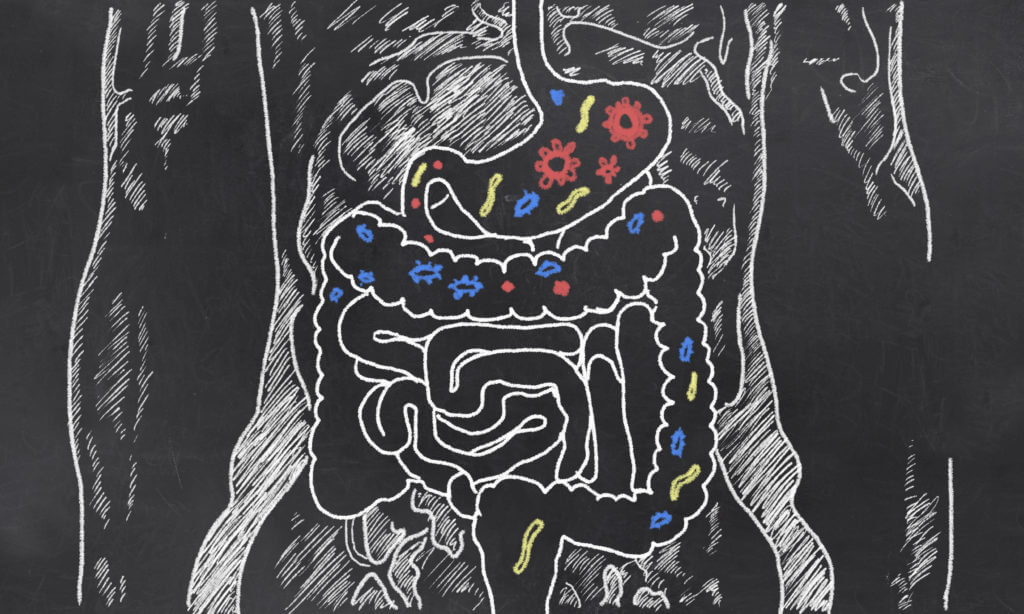Studies of the gut ecosystem prove that the gastrointestinal microbiome plays an essential role in disease prevention and overall health. Often the gut goes through dysbiosis due to internal or external consumption factors. The stimulation of imbalance of microorganisms then causes a breakdown in primary roles and physiology of other gut species known as keystone species. These keystone species are the essential microorganisms for maintaining a proper balance of gut flora in the microbiome. In a recent study, scientists sought to identify these gut keystone species and their functions with the goal of developing new disease treatments.
Identifying Keystone Species in the Gut
In every highly complex ecosystem, some organisms are essential to maintaining balance and order in the environment. The same is true of the human gut microbiome. Additionally, this study of the gut microbiome elaborates on the idea that individuals have more than one gut ecosystem throughout the entire gastrointestinal tract. Previous studies suggest that there are separate interactions of these microbiomes. However, more recent research shows that these different microbiome spheres are heavily interdependent.

Overall, when some essential microorganisms are in a state of depletion, it sets off a chain effect throughout the body. While research continues to discover more keystone species, there are some prominent keystone taxa of the human gut microbiome.
Some of the keystone species in the gut include: Akkermansia muciniphila (mucin degrader), Bacteroides thetaiotaomicron (degradation of complex carbs), Bifidobacterium pseudolongum (degradation of complex carbs), Christensenella minuta (stimulates ecosystem diversity), Faecalibacterium prausnitzii (Butyrate producer), Methanobrevibacter smithii (produces methane from hydrogen and acetate), and Ruminococcus bromii (Butyrate producer and resistance starch degrader).
Metabolic Functions under Gut Microbiome Influence
In addition to identifying keystone species in the human gut, researchers also explore the impact of these species on human internal function and physiology. A great deal of human metabolic functions occurs at the gut microbiome level, which affects overall health and wellness factors in individuals. Some of these metabolic functions include the metabolism of tryptophan, cholesterol, lipids, and bile acid. When these metabolic breakdowns experience interruptions due to a change or eradication of keystone species, internal and external human health is threatened.
The human gut ecosystem also houses short-chain fatty acids (SCFA), tryptophan, and cholesterol-derived metabolites, and it stimulates interaction with other host factors. Along with this, the gut regulates how this interaction between anatomy and physiology affects barrier maintenance, immune system regulation, and health in the gut-brain axis. All of these interacting factors rely on the presence and support of keystone species within the gut microbiota.
Future Benefits and Bioinformatic Tools for Keystone Species
Research on the nuances of this intricate gut microbiome system continues. Study researchers suggest that, in future studies of the keystone species of the gut, scientists reconcile the sampling and data processing portions and include additional variables that may affect results like; age, gender, nutrition, and other environmental factors.
With more research exploring the keystone species of the gut microbiota, the medical community will have the knowledge and capability to design microbiota-based therapeutic interventions. These treatments and preventions will also aid in countering chronic diseases and restoring keystone species with their beneficial effects on the gut microbiome. The restoration of the gut microbiome will also contribute to the balance and whole-system support of healthy symbiotic interactions with keystone species and their human host.
This study is published in Frontiers in Cell and Developmental Biology.
